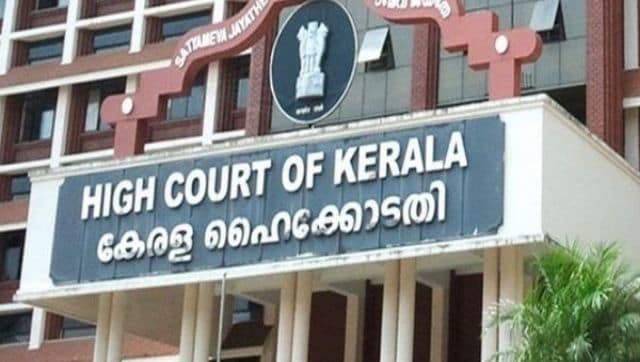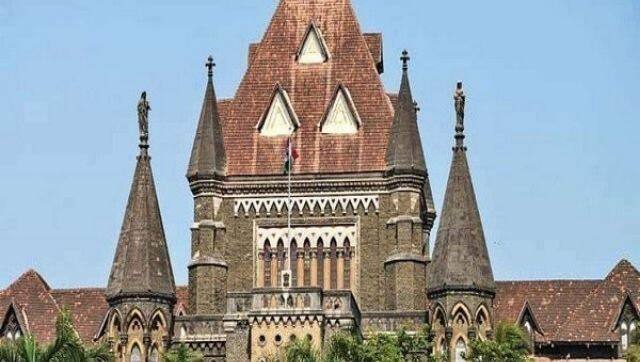Recently the Kerala High Court in Indo Asian News Channel Pvt Ltd v TN Suraj modified its order which had earlier restrained a TV channel from publishing ‘any item’ concerning or relating to the accused in an ongoing case. The division bench found merit in the contention that restraining the channel from reporting on any facet of the case would be an unreasonable restriction on the freedom of the press as guaranteed under Article 19(1)(a). Nevertheless, in the same breath, the court took strong exception to the trend of sensationalism and sentimentalisation of cases by the media. Further, the court mentioned certain parameters for the news media to keep in mind while reporting on ongoing criminal trials or investigations. Considering India’s recent experiences with Sushant Singh Rajput, Sheena Bora, and Arushi Talwar cases, such parameters are a welcome step for reasons more than one. [caption id=“attachment_10563861” align=“alignnone” width=“640”]  Kerala High Court. ANI[/caption] Juridical attempts at curbing sensational reportage First, it is indisputable that media trials can pose a real and substantial risk of prejudice to an individual’s right to a fair trial. Besides, this is not the first time that the Indian judiciary has taken a dim view of the manner of reporting by the media. On numerous occasions, the Indian judiciary has performed a delicate balancing act between the two constitutional rights of freedom of speech and fairness of a trial. In State of Maharashtra v Rajendra Jawanmal Gandhi (1997), the Supreme Court of India observed that ‘A trial by press, electronic media or public agitation is the very antithesis of rule of law. It can well lead to miscarriage of justice.’ Moreover, in RK Anand v Registrar, Delhi High Court (2009), the Supreme Court stated that in high publicity court cases, the media often provokes an atmosphere of public hysteria which, regardless of the result of the trial, labels the accused as guilty in popular perception. Furthermore, in 2016, Justice Kurian Joseph while speaking on the pressure created on judges due to media trials recalled the words of a judge who presided over the Nirbhaya case. He quoted the judge as saying ‘If I had not given that punishment, they would have hung me, the media had already given their verdict, (like) it is going to be this only.’ Significance of digital media in agenda-setting and policy framing Second, justice demands that the accused should be tried only by a court of law and not be branded in a parallel trial by the media. The duty of news publishers is not to adjudicate but to report on matters; not to sensationalise but to inform. In the act of observing and recording something that was previously hidden, the media plays a most crucial role in the responsible dissemination of truth and facts. In the act of reporting, media outlets often prioritise certain stories, views and positions over others thereby shaping public discourse and creating a hierarchy of important topics of discussion. This is formally known as the ‘agenda-setting’ role of media. In the criminal justice context, the media’s cultivation of moral panic and misconceptions through selective demonisation of offenders and politicisation of crime can have a detrimental impact on public confidence in the criminal justice system. Furthermore, such a negative perception of societal realities may also lead to the framing of draconian criminal justice policies and harsher punishments in the long term. Regulating the media: Balancing ‘open justice’ and press freedom In India, the push for the regulation of the media had largely given way to self-regulation by professional industry bodies like the Press Council of India, News Broadcasting & Digital Standards Association, etc. Many of these bodies have prescribed powers, procedures and practices under which they caution, condemn, or fine media agencies for professional misconduct or acting against the ethics of the profession. Some guidelines like the Press Council of India’s Norms of Journalistic Conduct 2020 even emphasise that the right to a fair trial always takes precedence over freedom of speech, and requires the media to refrain from conducting a parallel trial or foretelling decisions. Per contra, while statutory and court-based remedies such as contempt cases, temporary injunction orders, and takedown orders remain available, the primary limitation of many legal recourses lies in the fact that they generally punish individuals or media outlets for publications made during the pendency of the trial. Thus, pre-trial publications are usually immune from being interfered with. Again, many of the extant laws regulate media conduct and content post-facto (i.e., after the publication has already occurred). Thus, there is an urgent need to regulate the conduct of media outlets ex-ante. This is where court-framed guidelines on media reporting during the investigation and trial stage can come in handy. Court guidelines on media reporting: A drop of reason in an ocean of chaos In the wake of aggressive media reporting in the Sushant Singh Rajput case, the Bombay High Court in Nilesh Navalakha v Union of India (2021) framed an indicative list of guidelines to be followed in media reporting in certain sensitive cases or investigation stages. The bench directed media outlets to exercise restraint over and refrain from publishing references to the victim’s or accused’s character in a prejudicial manner, criticizing investigative agencies on half-information, making a value judgement on the merits of the case or evidence at the trial stage, confessions given by accused in front of police, identifying accused or victims, etc. The court also sought to prohibit pre-judging the guilt or innocence qua an accused or an individual not yet wanted in a case, reconstructing a crime scene, leaking sensitive information in possession of an investigating agency, etc. [caption id=“attachment_10632601” align=“alignnone” width=“640”]  Bombay High Court. ANI[/caption] Consequently, an urgent need of the time is for the Supreme Court to provide some certainty on the legally permissible parameters of media reporting in high publicity cases. Parliament may bring in legislation prescribing a uniform code of ethics for the same. Alternatively, the apex court under Article 142 can fill the legal vacuum until legislation is made by the Union of India either by collating, consolidating, and developing a uniform set of guidelines on media reporting or by endorsing the Bombay High Court guidelines and adding additional prongs to the same. At present, such guidelines are found piecemeal in myriad High Court and Supreme Court judgments. Not doing the needful may have adverse impacts on the health of Indian democracy while bringing disillusionment with our public institutions. The writer is with the National Law School of India University, Bangalore. Views expressed are personal. Read all the Latest News , Trending News , Cricket News , Bollywood News , India News and Entertainment News here. Follow us on Facebook, Twitter and Instagram.
Considering India’s recent experiences with Sushant Singh Rajput, Sheena Bora, and Arushi Talwar cases, such parameters are a welcome step for reasons more than one
Advertisement
End of Article


)

)
)
)
)
)
)
)
)



